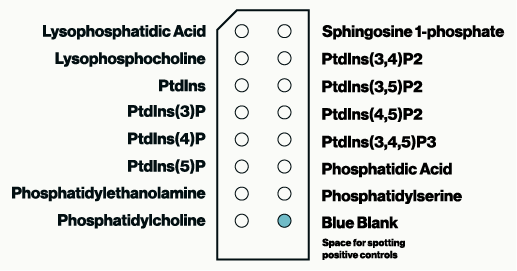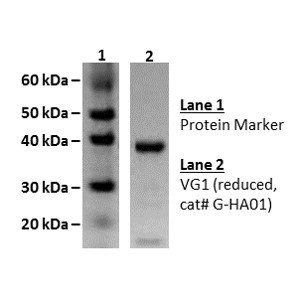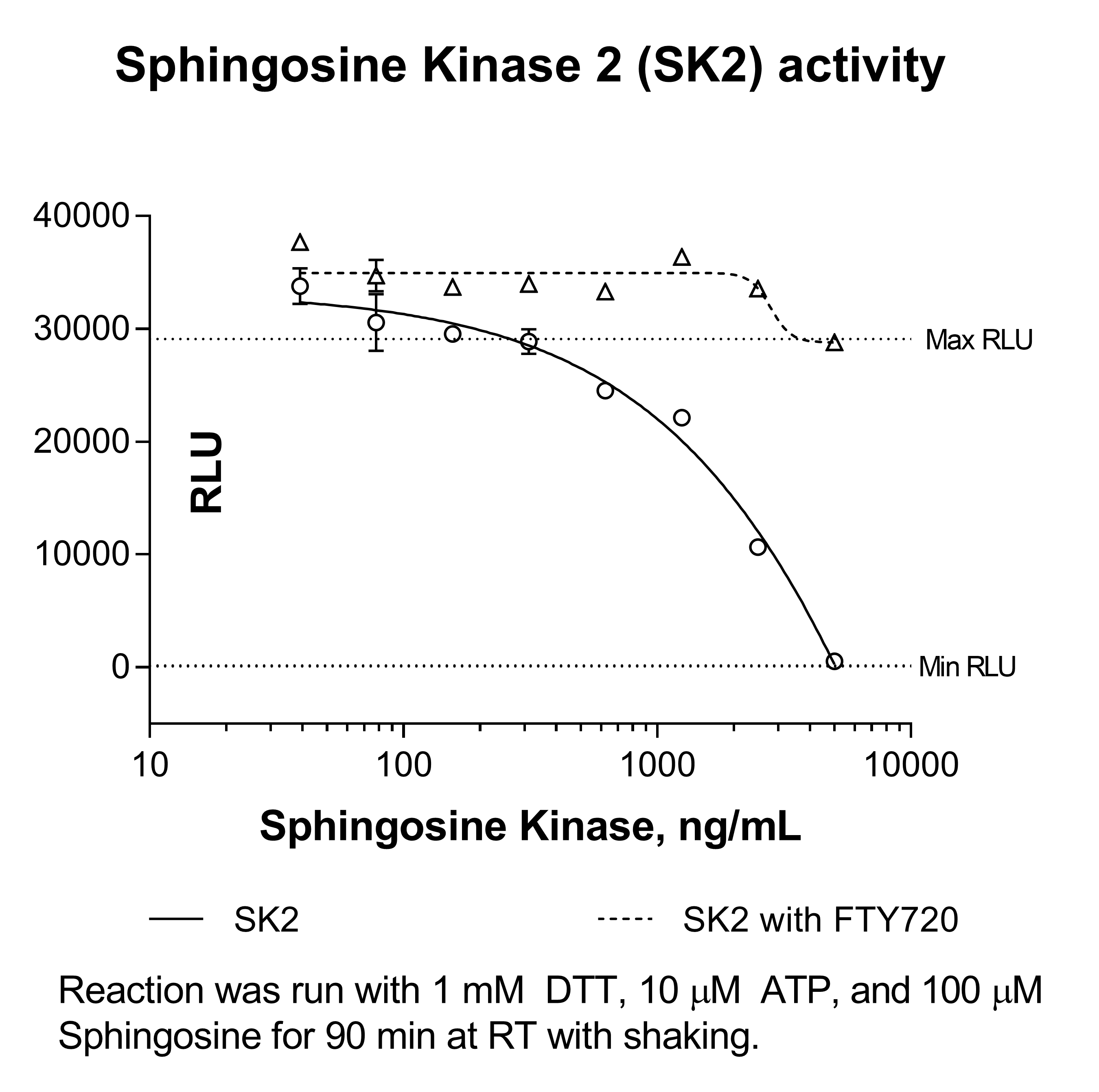The original lipid-protein interaction assay and the trusted solution for the identification of protein-lipid interactions.
- Determine the binding specificity of lipid-binding proteins
- Includes phosphoinositides and a total of 15 major membrane lipids
- 20 + years’ experience, proven & well-published with >800 citations
- Cost effective 10-pack includes a complimentary vial of positive control
A simple and effective tool designed for the screening and analysis of protein-lipid interactions. PIP Strips, a 2 x 6 cm membrane, contain 15 lipids and a blue blank control. Each strip includes all eight phosphoinositides and seven other biologically significant lipids, such as LPA and S1P. Phosphoinositides are a family of acidic phospholipids found in cell membranes. They interact with proteins and contribute to the regulation of cellular processes.
Simple to use, once the membrane is blocked and incubated with the protein of interest, the membrane is washed. Then incubated with an HRP labeled secondary antibody. The membrane is then washed before detection with precipitating TMB or ECL reagent.
Each batch of PIP Strips undergoes rigorous testing against a diverse panel of published lipid-binding proteins, ensuring consistent quality and reliability. Echelon offers a wide array of lipid strips and arrays. Find the one that works best for your research. Explore additional lipid binding proteins.



